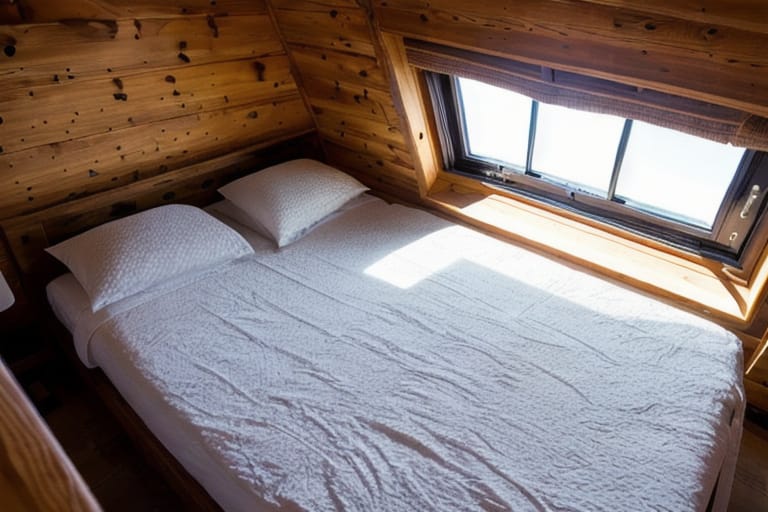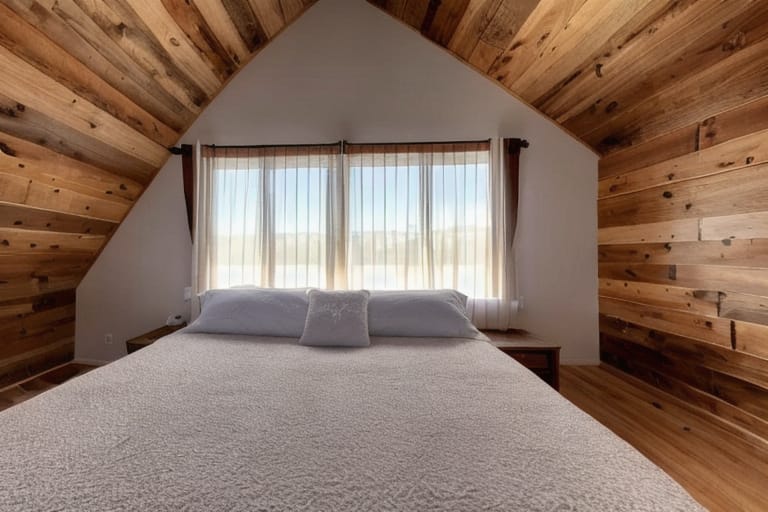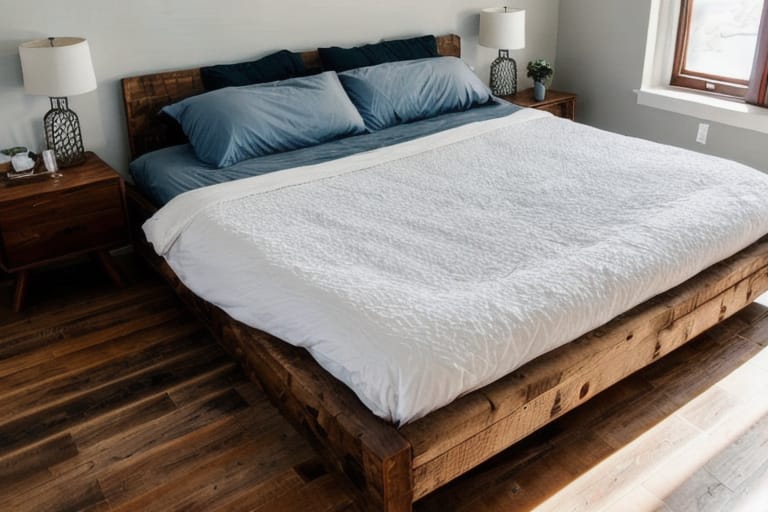When it comes to bedding, down comforters stand out as a luxurious and cozy option to keep you warm through the night. But what exactly are down comforters stuffed with? This comprehensive guide will explain everything you need to know about what is a down comforter made of and what sets it apart from other types of bedding.
An Introduction to Down Fill
At its core, a down comforter is filled with the fine, fluffy undercoat that grows on geese, ducks, and other waterfowl underneath their exterior feathers. This soft and insulating down helps birds regulate their body temperature and stay warm while swimming in cold water climates.
For comforters, white down from ducks and geese provide the highest quality fill compared to lower grades of down. Premium down clusters should be large and full, with a high loft or fill power (explained more in-depth shortly) to deliver exceptional softness and insulation.
On the other hand, cheaper down comforters may use grey down, small fluffy feathers, or even feather quill shafts which do not have the same fluffiness and warmth as white down clusters.
The Different Types of Down
White Goose Down
- Highest quality down, large clusters
- Maximum loft and longevity
- More expensive
Grey Goose Down
- Smaller, broken-down clusters
- Less loft, cheaper
Duck Down
- Very fine, lightweight clusters
- Great insulation in smaller spaces
- Less durable over time
As you can see, white goose down is considered the gold standard fill for comforters and bedding due to its unbeatable mix of fluffiness, durability, and warmth.

What Gives Down Its Warm and Fluffy Properties?
Down offers an unmatched combination of lightweight insulation and breathability that alternative synthetic fills cannot compete with. But what exactly makes it so special?
There are two key traits of high-quality down which impact its performance:
Loft
This refers to down’s incredible fluffiness and ability to trap air between its clusters. Premium down used in the best comforters has a fill power between 600-900 cubic inches per ounce. This means one ounce of down can expand to fill that many cubic inches of space.
The higher the fill power or loft, the better the down is at insulating and retaining body heat.
Cluster Composition
Down clusters provide more insulation and durability compared to loose, fine feathers. That’s why the ratio of down clusters to feathers impacts warmth, longevity, and overall value.

Frequently Asked Questions
Got more questions about what down comforters are made of and how to choose the best one? Here are answers to 7 of the most frequently asked questions.
1. What’s better: a down or alternative down comforter?
While 100% down still reigns supreme in warmth and longevity, down alternatives like microfiber and polyester fills are improving in quality. For budget buys or ethical concerns over sourcing bird down, down alternative comforters can be a decent option. Just note they won’t last as long.
2. Is there a big difference between white down vs. grey down?
Absolutely! White down comes from the first harvesting of duck and geese down, yielding larger, fluffier clusters that deliver superior insulation. Grey down and subsequent harvests produce smaller clusters lacking the same loft and longevity of warmth over years of use. Pay attention to the type of down when comparing fills.
3. What should I look for when inspecting down quality?
When gauging down quality, larger clusters, higher fill power (around 600-900), and purity (95-100% down) are key. Responsible sourcing, sustainable standards, and certifications like the Responsible Down Standard also signal ethical, premium down. Avoid down with lots of feathers or quill shafts that deteriorate more quickly.
4. How do I know if a down comforter offers good breathability?
Look for baffle box stitching which leaves gaps for airflow, along with a high thread count shell tightly woven from breathable materials like cotton sateen or cotton percale. Tightly-woven, breathable shells allow body moisture to dissipate instead of trapping heat.
5. Should I stick to certain down comforter dimensions?
Most down comforters come in standard mattress sizes, but you can also find custom dimensions tailored to your bed. Look for a comforter around 20 inches longer than your mattress on all sides to accomodate tucking under pillows and mattresses. More overhang means more insulation!
6. How can I improve down comforter durability?
Handling a down comforter with care is the best way to get more years out of it. Use a duvet cover for protection, avoid excessive washing, store flat during warmer months, and fluff occasionally to maintain even down distribution and maximize longevity. Higher thread count and tightly woven shell fabrics also improve durability.
7. Where should I buy my down comforter for the best value?
For the best bang for your buck, look to direct-to-consumer down comforter companies online. Specializing in down bedding means more attention to ethical sourcing, quality materials, and focus on value compared to mass retailers. Refer to down comforter reviews for quality checks before purchasing.








